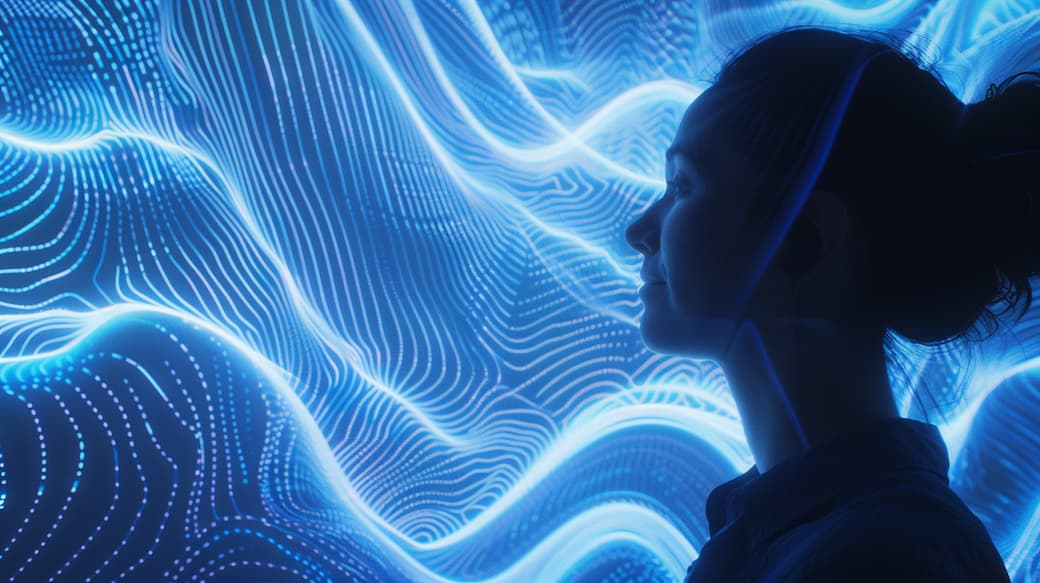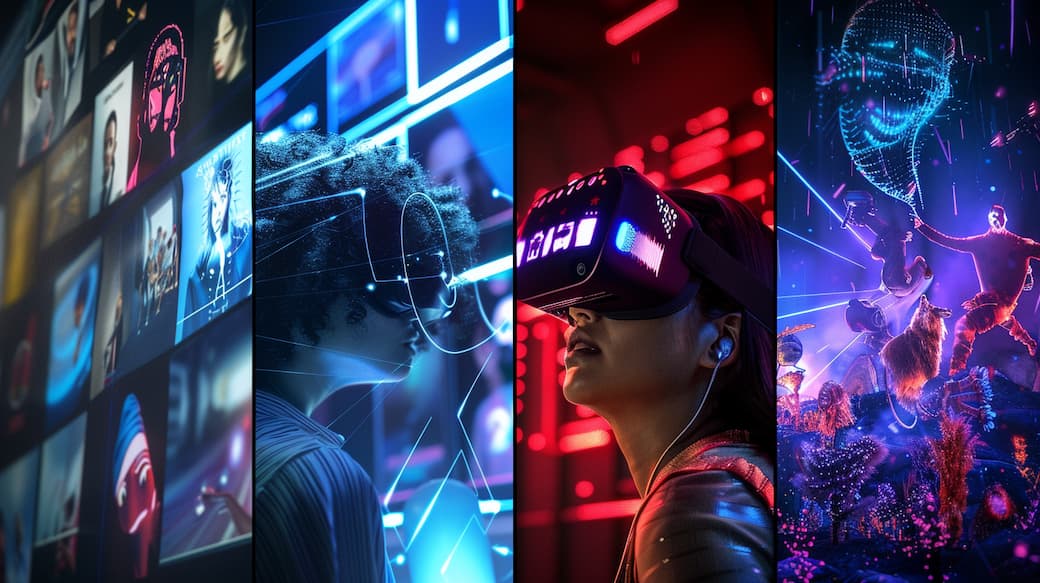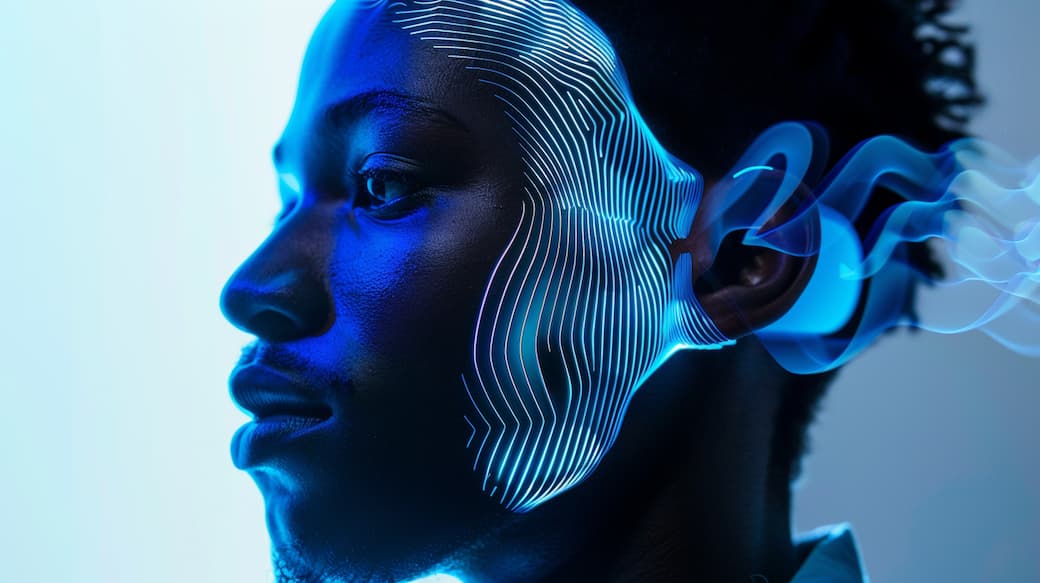
Apple’s Spatial Video works best with Spatial Sound
Content
Introduction to Spatial Video and Apple’s Innovations
Immersive media has seen significant growth, driven by the demand for deeper, more engaging experiences. Apple has played a key role in advancing video, photo, and sound technologies. The introduction of spatial video marks a major step forward, offering a new format for capturing depth and dimensionality.
What is the Spatial Video Feature?
Spatial video allows users to capture moments with depth and immersion, beyond traditional 2D and 3D image formats. By combining advanced camera systems with spatial audio, it delivers a more lifelike experience for viewers, whether for personal memories or creative projects.
Key Devices: iPhone 15 Pro, iPhone 16 Pro, and Vision Pro
The iPhone 15 Pro, iPhone 16 Pro, and Vision Pro are central to this innovation.
- The iPhones introduce spatial video mode, capturing moments with depth and realism.
- The Vision Pro enhances these videos, providing an immersive viewing experience.
Everyday Immersive Experiences
Apple’s spatial video feature brings immersive content creation to everyday users, allowing them to capture special life moments with depth and dimension. This blend of video and audio technology marks a new era in how we create and experience media.

What is Spatial Video and How Does it Work?
Capturing Depth in Spatial Videos
The key to spatial video lies in its use of dual camera systems, specifically the main and ultra-wide cameras on devices like the iPhone 15 Pro Max. These cameras work together to capture images from multiple angles and perspectives simultaneously, creating a 3D-like experience. The ultra-wide camera expands the field of view, while the phone and main camera captures the core details, resulting in a video that reflects the depth and space of the scene being recorded.
Spatial Audio Integration
An essential part of the spatial video experience is the integration of spatial audio. This audio technology enhances the immersive quality of spatial photos by syncing sound with the viewer’s movement and position, especially when using apps such the Vision Pro. The sound is designed to shift naturally as you move your head, making the viewing experience feel even more realistic. Whether you’re watching a family event or a cinematic video, spatial audio adds a layer of depth that makes the viewer feel as though they are truly present in the moment.

The Role of Vision Pro in Elevating Spatial Videos
The Apple Vision Pro redefines how we experience spatial videos by offering a level of immersion unmatched by other devices. With its high-resolution display and advanced spatial audio integration, the Vision Pro brings a lifelike depth of field to video content, making the viewer feel fully immersed in the moment. Whether it’s a casual home video or a cinematic experience, the Vision Pro enhances the visual and auditory elements, giving the viewer the sensation of being part of the scene.
Spatial Video mode: Vision Pro vs. iPhone 15 Pro Max
iPhone 15 Pro Max:
- Video: 1920×1080 resolution, 30 FPS, 15.5 Mb/s bit rate. The dual camera system (main and ultra-wide) allows for high-quality 3D capture, creating detailed and immersive spatial videos.
- Audio: AAC LC format with 2 channels and a bit rate of 170 kb/s, providing clear but basic stereo sound for everyday use.
Apple Vision Pro:
- Audio: Equipped with 6 microphones, the Vision Pro is designed for enhanced spatial audio capture, delivering a rich, immersive sound experience. The audio dynamically adapts to the user’s movements, creating a more authentic environment.
- Video: While the Vision Pro’s camera system may not match the video quality of the iPhone 15 Pro Max, its focus is on creating an enhanced immersive experience by prioritizing audio fidelity and visual engagement. The combination of detailed sound and interactive visuals makes up for any technical limitations in the camera.
Key Use Cases for Vision Pro
The Vision Pro excels in several scenarios where immersion is key.
- Family Memories: Reliving personal moments with added depth and clarity, making events feel more alive than ever before.
- Creative Storytelling: For content creators, the ability to shoot and view spatial videos in a fully immersive environment opens up new possibilities for innovative storytelling.
- Live Events and Sports: Watching live events through Vision Pro becomes an experience where users feel like they’re part of the action, with immersive visuals and sound that enhance the excitement and engagement.

Spatial Video vs. 360 and 180 Videos
Spatial video can be viewed as an evolution of 180-degree 3D video. Both formats focus on capturing what’s in front of the viewer, with spatial video enhancing this by adding a more realistic sense of depth and dimension. While 180-degree videos offer an immersive half-sphere view, spatial video takes it further by using dual cameras to create 3D-like depth within the frame, offering a more focused yet richer viewing experience.
180-Degree Video
180-degree video is commonly used in VR content because it captures everything in the viewer’s forward-facing field of vision. This makes it ideal for seated experiences where users don’t need to turn around. The main advantage of 180-degree video is its simplicity in production compared to 360-degree video, as it requires fewer cameras and less complex stitching and editing in post-production.
However, it lacks the full spatial immersion of 360-degree video, and while it can capture depth in 3D, it’s limited in perspective compared to spatial video, which delivers more refined 3D depth using modern camera systems.
360-Degree Video for VR headsets
360-degree video captures everything around the camera, offering a fully immersive experience. This format is powerful for scenarios like exploration or travel, with scenes where the viewer can look in any direction.
However, 360-degree video production is more complex, requiring multiple cameras or specialized rigs and intricate stitching in post-production. It can also overwhelm viewers, as the need to constantly look around can detract from focused engagement.
Spatial video shooting, on the other hand, narrows the focus to what’s directly in front, simplifying the viewer experience while maintaining a strong sense of depth.

Sound Design in Spatial Video vs. 180 and 360
While 180-degree and 360-degree videos often rely on Ambisonics or binaural audio for immersive sound, spatial video integrates spatial audio, which is more precise and dynamic. Spatial audio adjusts based on the viewer’s head movement, and gestures, providing a more seamless and interactive sound experience, especially when using video files viewed on devices like the Vision Pro.
This makes spatial video more immersive in terms of sound design, offering a cohesive audio-visual experience that surpasses the static nature of audio in 180-degree or 360-degree videos.
Sound and Spatial Audio: A New Dimension of Immersion
With the release of the iPhone 16 Pro and iPhone 16 Pro Max, Apple introduced advanced spatial audio capabilities, pushing the boundaries of immersive sound. Equipped with a ring of four microphones, these devices offer precise sound capture, which allows audio to be rendered with lifelike depth and directionality.
This makes the experience of watching spatial photos and videos far more engaging, as the sound isn’t just heard—it’s felt. Whether it’s subtle background noises or prominent vocal tracks, the iPhone 16 Pro captures them with incredible clarity and impressive positional accuracy.
Audio Mix Feature
The Audio Mix feature is another powerful tool that enhances the immersive quality of spatial video. With this feature, users can adjust the sound in post-production, for example by focusing on specific elements like voices or background sounds.
For instance, a person’s voice can be emphasized, making it appear front and center, while environmental sounds can be positioned around the listener to create a more immersive backdrop. The Audio Mix feature also utilizes machine learning algorithms to reduce unwanted noise, such as wind, which ensures cleaner and more professional sound quality in all conditions.
Immersive Sound Design
Spatial audio takes the viewing experience to another level, particularly when combined with devices like the Vision Pro. As viewers move their heads or change their positions, the audio dynamically shifts to the different angles to match the visuals, creating a fully immersive environment.
This precise alignment of sound with movement makes spatial videos on devices like the Vision Pro incredibly engaging to watch. The sound doesn’t just support the video—it enhances the entire sensory experience, making the viewer feel as if they’re truly present in the scene.
Conclusion: The Future of Immersive Media is Sound-Centric
As spatial video technology continues to evolve, it’s becoming clear that sound is just as critical to immersion as visuals. The combination of spatial audio and spatial video creates a new benchmark for how we experience media.
Apple’s advancements with the iPhone 16 Pro, Audio Mix feature, and Vision Pro headset demonstrate that the future of immersive content will rely heavily on sophisticated audio design. As these technologies develop, the line between reality and digital experiences will blur even further, making sound the true differentiator in how we perceive and engage with media.
Back to blogRelated Articles
180 degree film - VR180 spatial video
Comparing of Apple Vision Pro vs Meta Quest 3 with spatial audio
Head Tracked Spatial Audio vs Fixed: Mix with the Head-Locked Stereo
Personalized Spatial Audio - The holy grail called HRTF
VRTonung learning - THE spatial audio course for immersive media